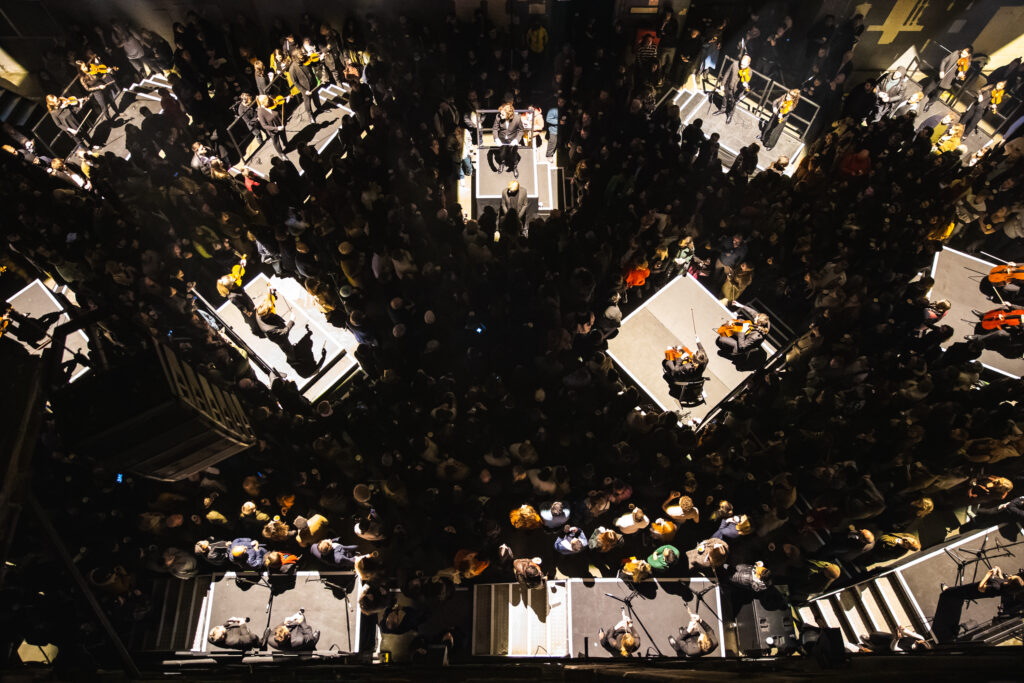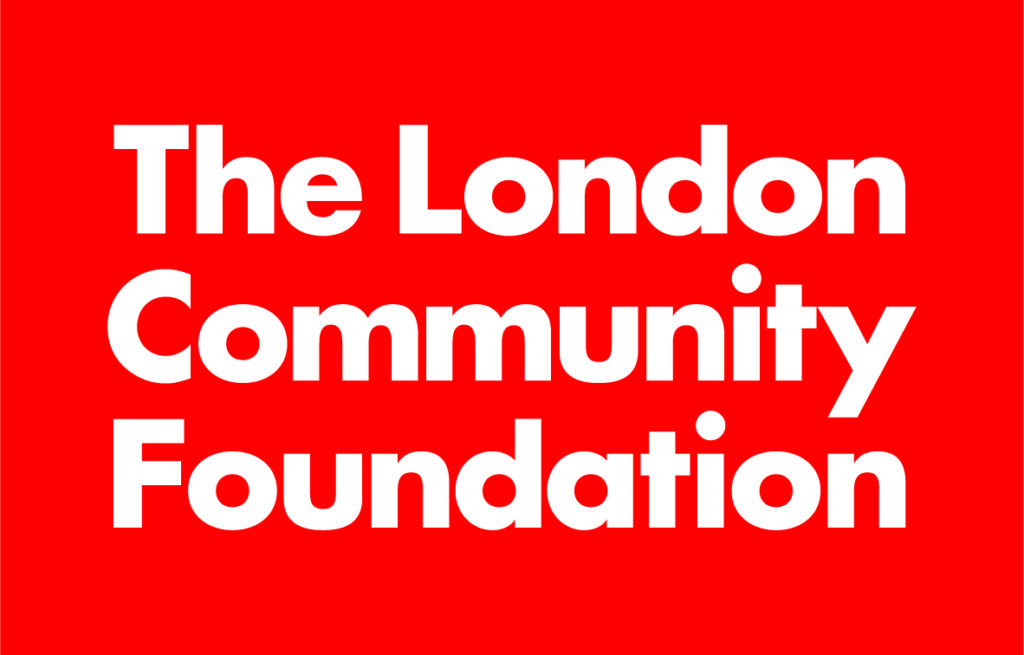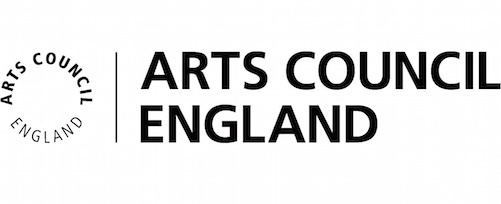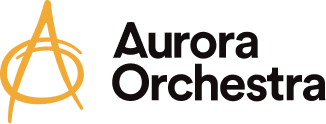Digital Programme: Inside Beethoven at Printworks
Thursday 23 March 6pm & 9pm, Printworks

Welcome to Inside Beethoven at Printworks, as Aurora Orchestra takes a cornerstone of the classical music repertoire and explodes it across the iconic Press Halls, once the largest printing warehouse in Europe.
What are you listening to tonight?
Ludwig van Beethoven Symphony No. 5 (performed from memory)
Nwando Ebizie Amor Fati
Beethoven’s movements will be interwoven with Nwando Ebizie’s music, so the evening will sound like this:
Ebizie Movement I: Lachesis
Beethoven Movement I: Allegro con brio
Ebizie Movement II: Klotho
Beethoven Movement II: Andante con moto
Ebizie Movement III: Atropos
Beethoven Movement III: Scherzo: Allegro
Beethoven Movement IV: Allegro – Presto
Ebizie Movement IV: Love your Fate!
Feel free to move around the space in between the Beethoven movements, whilst Nwando Ebizie’s music is playing. We want you to experience the orchestra from many different angles!
What should you listen out for?
Beethoven’s Fifth Symphony opens with perhaps the most famous four notes in Western classical music. Theories have long abounded as to their origin and meaning. Do they represent the clamour of fate knocking at the door? Did they originate from the call of the yellowhammer, a tiny bird Beethoven heard chirruping in Vienna’s Prater park? Whatever these possibilities, this mighty musical theme continues to pack a punch and this evening’s performance offers the audience a rare chance, in the words of Aurora’s Creative Director, Jane Mitchell, ‘to experience this symphony from the inside’.
Beethoven wrote his Fifth Symphony between 1804-1808. The piece was premiered at an extraordinary concert in the year of its completion, where a number of the composer’s other works were also heard for the first time, including his sixth symphony, his fourth piano concerto and two substantial works for choir and orchestra. This marathon concert lasted four hours. The hall was draughty, the orchestra under-rehearsed and the mood, accordingly, mixed. German composer and critic Johann Friedrich Reichardt wrote: ‘There we sat, in the most bitter cold, from half past six until half past ten, and confirmed for ourselves the maxim that one may easily have too much of a good thing, still more of a powerful one.’ While the response to the Fifth Symphony was somewhat cool at first, its reception warmed and in 1841, composer Robert Schumann aptly prophesied the work’s import, writing: ‘this symphony invariably wields its power over men of every age like those great phenomena of nature… [It] will be heard in future centuries, nay, as long as music and the world exist.’
This evening’s performance of the symphony invites you to ‘choose your own adventure’ through the piece. As Jane describes, ‘it’s totally up to you to decide where you want to stand for each movement and you can change your position across the evening.’ The Fifth Symphony offers a particularly thrilling piece of music to experience in this way: ‘It has such a range of emotions – from the dark, stormy first movement to the absolutely serene second movement. Then there’s the journey you go on from the murky, mysterious beginning of the third movement to that feeling of the light in the last movement. This journey is incredible to experience up close.’
Is there anything audiences should keep in mind during the performance? ‘I’d say have a think about what instruments you might want to explore,’ Jane suggests. ‘So if you were to stand next to the double basses in the first movement, then you could choose the woodwind for the second moment, the French horns for the third movement and perhaps the trumpets and timpani (kettle drums) for the fourth movement.’
As the audience, you are welcome to create your own journey through the symphony and Nwando’s work. ‘We hope the audience will fall in love with this music’, says Jane. ‘We want to offer audiences the chance to experience how incredible it is to stand in the middle of an orchestra – to experience this music, these instruments, these sounds from the inside.’
Beethoven’s movements
Each movement of the symphony also has its own strikingly different character. Jane suggests listening out for that ‘knocking motif which saturates the whole of the first movement. It can be interesting to latch onto this rhythm and then follow it throughout the movement, listening out for where it appears – which is everywhere! All the time! It’s a brilliantly intense experience.’
The second movement is a theme and variations – whereby a single melody is variously adjusted, embellished and reimagined. Here Jane suggests listeners might want ‘to follow the beautiful thread of the melody throughout this movement, listening to how it’s passed between the different instruments of the orchestra.’
The third movement is in three distinct sections. A nimble Scherzo is heard first which begins in the strings and is eventually interrupted by a bombastic entry from the horns. There follows a Trio which slinks along with multiple lines of music interweaving (a section of the score which almost defeated the players at the symphony’s premiere). The music from the Scherzo then returns, but this time much more quietly and with the strings playing pizzicato (plucking), before the volume swells as the music transitions to the symphony’s finale.
In the fourth movement, ‘joy follows sorrow, sunshine –– rain’ as Beethoven himself put it. The stormy C-minor key of the symphony’s opening is here transformed into radiant C major. Two new instruments are also heard for the first time in the symphony – trombones and a piccolo – each lending fresh power and sparkle to the ensemble for this most exhilarating of conclusions.
Kate Wakeling, Aurora Orchestra Writer-in-Residence
Nwando Ebizie: Amor Fati
One to watch on the train home: Nwando Ebizie talks to us about the music you’ll hear tonight.
This performance of Beethoven’s Fifth Symphony will see each of the symphony’s movements interwoven with new music by Nwando Ebizie which incorporates electronic music, film and poetry.
In harmony with the idea that tonight should be about new experiences, Amor Fati works to complement Beethoven’s music, building on the emotional and sensory feelings that Beethoven creates. Importantly, different audiences will experience different things from Nwando’s music,, and tonight as a whole. Inspired by the idea of Beethoven’s opening motif of Fate knocking, Nwando connected this with the ancient Greek Moirai, ‘the Fates’, and the Jungian/Nietzschean philosophy of Amor Fati – the love of one’s Fate. The first three movements are named after each one of the fates and the music is inspired by their archetypal natures.
Lachesis – the drawer of Lots
Klotho – the spinner of thread
Atropos – the inevitable; the cutter of the thread of life
An audio-visual, multi-sensory, ritualistic experience, Nwando invites you to experience Amor Fati from different angles. In collaboration with Deaf performance artist Chisato Miniamura and disabled sound performance artist Natalie Sharp, Movement III, ‘Atropos’ includes a British Sign Language-inspired movement piece, as Nwando invites d/Deaf audience members in particular to experience music culture in new ways. Using drone sound, found sound, field recordings, silence and ASMR, ‘Atropos’ creates a feeling of openness and anticipation before the euphoric ending of Beethoven’s symphony, denoting a roman centurion atop a chariot, moving through mounting palaces, all pulling back towards a memory that crumbles.
British-Nigerian multidisciplinary artist Nwando Ebizie creates Afrofuturist speculative fictions and alternate realities.
Nwando Ebizie Performer
Chisato Minamimura Performer/BSL Choreographer & Advisor
Natalie Sharp Filmmaker
Harry Wheeler Assistant Editor
Hannah Lovett Filmmaker Assistant
Nwando Ebizie is supported in her work by Atelier Nwando: Shane Kilgarriff, Hannah Lovett, Tom Richards and Helen Pheby
Pablo Colella Outreach Manager
A note on the sound
Bringing an orchestra of this size into a space on the scale of Printworks poses some big challenges in terms of sound. How do you balance the ambition to bring a large audience physically inside the orchestra with the musical needs of conductor and players? How do you ensure a balanced sound for all listeners whilst also preserving a sense of the spatial layout of the players, so people can feel that they are really exploring the orchestra? Of course there will inevitably be compromises when ‘exploding’ a symphony in this way, but is it possible to find a thrilling balance of ensemble and impact at this scale?
In grappling with these challenges we‘ve been fortunate to be able to call on the technical expertise of Southby Productions and d&b audiotechnik. Parts of Nwando Ebizie’s music were created and mixed at d&b’s studio in Nailsworth. The sound of the orchestra you’ll hear comes through the d&b Soundscape, a ‘virtual acoustic shell’ provided by Southby Productions. With this cutting-edge technology, the orchestra can perform across a much larger space than would ordinarily be possible, whilst accurately retaining the naturally immersive sound, making for a harmonious, enveloping and emotionally engaging listening experience.
We would love to know what you think, both of the sound and the experience. Please do let us know, and thank you for joining us tonight.
John Harte, Aurora Orchestra Chief Executive
Performers
Nicholas Collon conductor
Nwando Ebizie electronics
Aurora Orchestra
- Violin I
Jonathan Stone
Lonneke van Straalen
Alexandra Raikhlina
Elizabeth Cooney
Katharina Paul
Gillon Cameron
Emil Hartikainen
Elvira van Groningen
Iona Allan - Violin II
Jamie Campbell
Helena Buckie
Tamara Elias
Gordon Bragg
Bridget O’Donnell
Anna Caban
Hannah Bell - Viola
Hanne Skjelbred
Gijs Kramers
Anna Barsegjana
Christine Anderson
Michiel Wittink - Cello
Torun Stavseng
Sébastien van Kuijk
Benjamin Chappell
Peteris Sokolovskis
- Double Bass
Ben Griffiths
Lucia Polo Moreno
Martin Ludenbach - Flute
Jane Mitchell
Emilia Zakrzewska - Piccolo
Rebecca Larsen - Oboe
Tom Barber
Katie Bennington - Clarinet
Peter Sparks
Jonathan Parkin - Bassoon
Nina Ashton
Dominic Tyler - Contrabassoon
Llinos Owen - Horn
Annemarie Federle
Elise Campbell - Trumpet
Russell Gilmour
Simon Cox
Sam Kinrade - Trombone
Matthew Gee
Matthew Knight - Bass Trombone
Josh Cirtina - Timpani
Antoine Sigure



Aurora’s performance at Printworks is kindly supported by Arts Council England, the Royal Philharmonic Society Audience Fund in association with the Rachel Baker Memorial Charity, and Cockayne – Grants for the Arts and The London Community Foundation. Nwando Ebizie’s commission is kindly supported by Arts Council England.
Liked what you heard tonight?
Or maybe there was something you thought we could do better? Either way, we’d love your feedback on tonight through our five-minute survey – it will inform our future programming of events like this.
Aurora’s next concert
We’re back at Southbank Centre on Saturday afternoon, where you can hear Beethoven’s Fifth Symphony presented in a concert hall, plus new music by Héloïse Werner and Beethoven’s Piano Concerto No. 4 with Jan Lisiecki.
